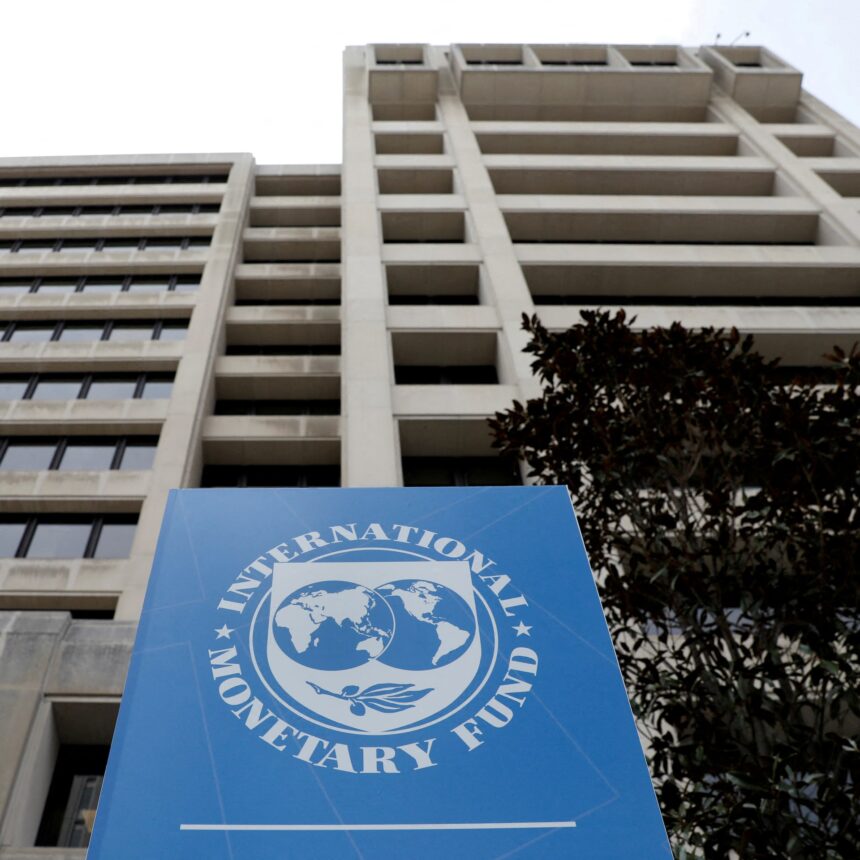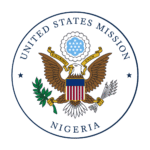Concerns have begun to emerge following the revelation that Nigeria is missing from the International Monetary Fund’s (IMF) list of Africa’s fastest-growing economies.
While countries like Benin, Côte d’Ivoire, Ethiopia, Rwanda, and Uganda made the IMF’s Africa’s fastest-growing economies list, Nigeria’s growth, though projected to rise, remains below the threshold for top-tier performers.
The IMF’s latest World Economic Outlook projected Nigeria’s growth at an upgraded 3.9% for 2025, driven by anticipated higher oil output and recent macroeconomic reforms, including the unification of the foreign exchange rate and the removal of the petrol subsidy.
However, this growth rate is not sufficient to earn it a place among the continent’s elite growers, many of whom project growth rates exceeding 6% or even 8%. This disparity underscores the depth of the structural issues hindering Nigeria’s full potential.
The primary reasons cited by the IMF for Nigeria’s absence from its list of Africa’s fastest-growing economies are due to structural vulnerabilities.
The report warned specifically about Nigeria’s increasing reliance on domestic bank borrowing to fund deficits.
Furthermore, the IMF asserted that Nigeria remains acutely vulnerable to fluctuations in global oil prices, despite efforts to boost the non-oil sector, which has recently been the main driver of GDP growth.
The Director of the IMF’s African Department, Abebe Selassie, disclosed this during the launch of Sub-Saharan Africa’s latest Regional Economic Outlook at a press briefing.
The Director also noted that overall growth in Sub-Saharan Africa is projected to stabilise at 4.1 per cent in 2025, with a modest pick-up expected in 2026, powered by macro stabilisation and reform efforts in key economies.
Selassie said: “Six months ago, our assessment highlighted the region’s strong efforts and that growth had exceeded expectations last year. But we also noted sudden realignment of global priorities and increasing turbulent external conditions, marked by weaker demand, softer commodity prices, and tighter financial markets. Today, these global headwinds continue to test the region’s recovery and resilience.
“Sub-Saharan Africa’s economic growth, we now estimate, is expected to hold steady at 4.1% this year, with a modest pick-up expected in 2026. In our view, this reflects ongoing progress in macroeconomic stabilisation and reform efforts across the major economies in the region.
“It is important to note that several countries in the region, Benin, Côte d’Ivoire, Ethiopia, Rwanda, Uganda, are among Africa’s fastest-growing economies.
“We still have quite a few resource-intensive countries and conflict-infected countries continuing to face significant challenges with only modest gains in per capita incomes. The external environment remains challenging, global growth is slowing, and commodity prices are diverging. Notably, oil prices are declining, while the prices of copper, coffee, and gold are fairly elevated.”
Selassie revealed that many governments are forced to turn to domestic banks as external financing dries up, deepening the “sovereign-bank nexus.” In about half of the cases, the IMF estimates that public debt is now held by domestic financial institutions, a trend that heightens risks to banking sector stability.
He explained that as access to external financing tightens, several African governments have turned to domestic lenders to sustain public spending, a trend he described as a double-edged sword that could strain banks’ balance sheets and deepen the link between public debt and financial sector risks.
“It has been really good to see the region showing strong resilience. But this will continue to be tested in the coming months. Pressure points include rising debt service costs, which are crowding out development spending, a shift towards domestic financing that has deepened the sovereign bank nexus, inflation that has eased at the regional level but remains in double digits in quite a few countries in the region, and external buffers that are under pressure and need to be rebuilt.
“Against this backdrop, we see two broad policy priorities. The first is domestic revenue mobilisation. This is very important to increase our country’s potential, the significant potential to be tapped here also, and the reforms that need to be considered here include modernising tax systems through digitalisation, streamlining inefficient tax expenditures, and strengthening enforcement via targeted compliance strategies.
“And importantly, these efforts must go beyond technical adjustments. It will be essential to build public trust in tax institutions, strengthen institutional capacity, and conduct careful impact assessment, including distributional analysis, to ensure that these reforms are both effective and equitable.
“The IMF, of course, remains committed to supporting the region. Since 2020, we have disbursed nearly $69bn, including about $4bn so far this year. Our capacity development efforts also remain substantial, with countries in the region amongst the largest recipients of technical assistance.”
Selassie warned that in countries with high debt levels and elevated interest rates, stress could spill over into banks’ balance sheets. He called on governments to strengthen regulatory oversight, capital buffers, and ensure that public finance trajectories reduce the likelihood of harmful spillover over the years.
“On the issue of domestic banks’ vulnerabilities to rising public debt levels. So again, this is a point that we’ve been highlighting for several years. At this moment, we estimate that about half of the total public debt is held by domestic institutions. This has gone up over the years. As always, it’s a double-edged sword. As access to external financing has declined over the years, our countries, our governments have been able to turn to domestic banks, have had to turn to domestic financial institutions to sustain spending levels, to sustain economies.
“That has been a source of resilience, but we are now seeing a situation where there are significant vulnerabilities, and in particular in those countries where public debt is at very elevated levels, the risk of distress is higher, we are seeing some pressures on bank balance sheets, or there could be potential pressures on bank balance sheets.
“So again, it varies from country to country, the extent to which there are vulnerabilities, but it is an area of some concern in those countries where public debt is high, where interest rates are high, and we’re working with governments to make sure that there is a robust regulatory framework, robust capitalisation plans for banks, and of course first and foremost, the first line of defence, making sure that public finances are in a healthy trajectory to ensure that their spillovers are limited.
“Debt management; increasing transparency, reinforcing public financial management, publishing comprehensive debt data, and improving budget oversight. These measures, he argued, will help reduce borrowing costs and unlock innovative financing options.
“So starting with inflation in Nigeria, we find the decline in inflation consistent with the tightening of policies that have been undertaken in recent years, particularly on the monetary policy front, but also the effect of the exchange rate adjustment that took place over the last year or so, and more, having come through the system. So it is consistent with the policy calibration and we are encouraged by it, but I think there are still some ways to go, towards the government’s target.
“Public debt is high, of course, in many countries in the region. Right now we estimate about 20 countries to be in a situation of high risk of debt distress. This comprises about 14 countries at high risk of debt distress and another six in actual debt distress.”





